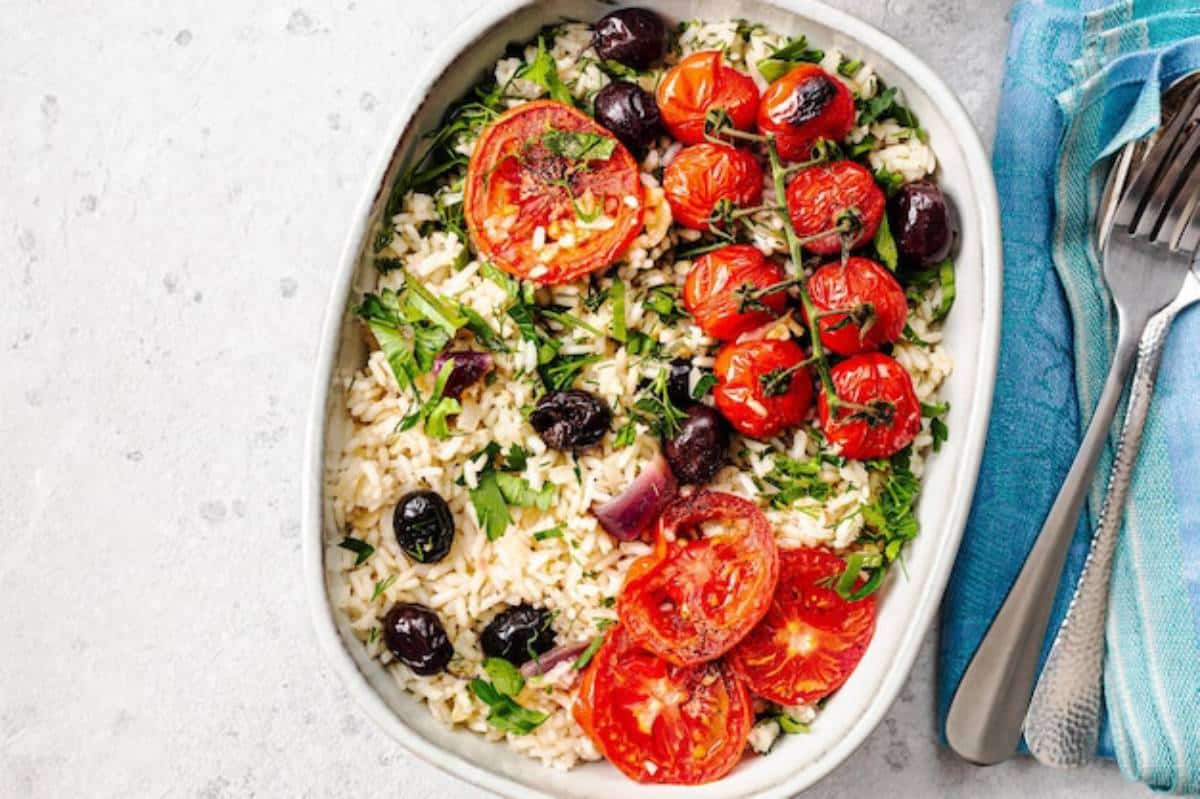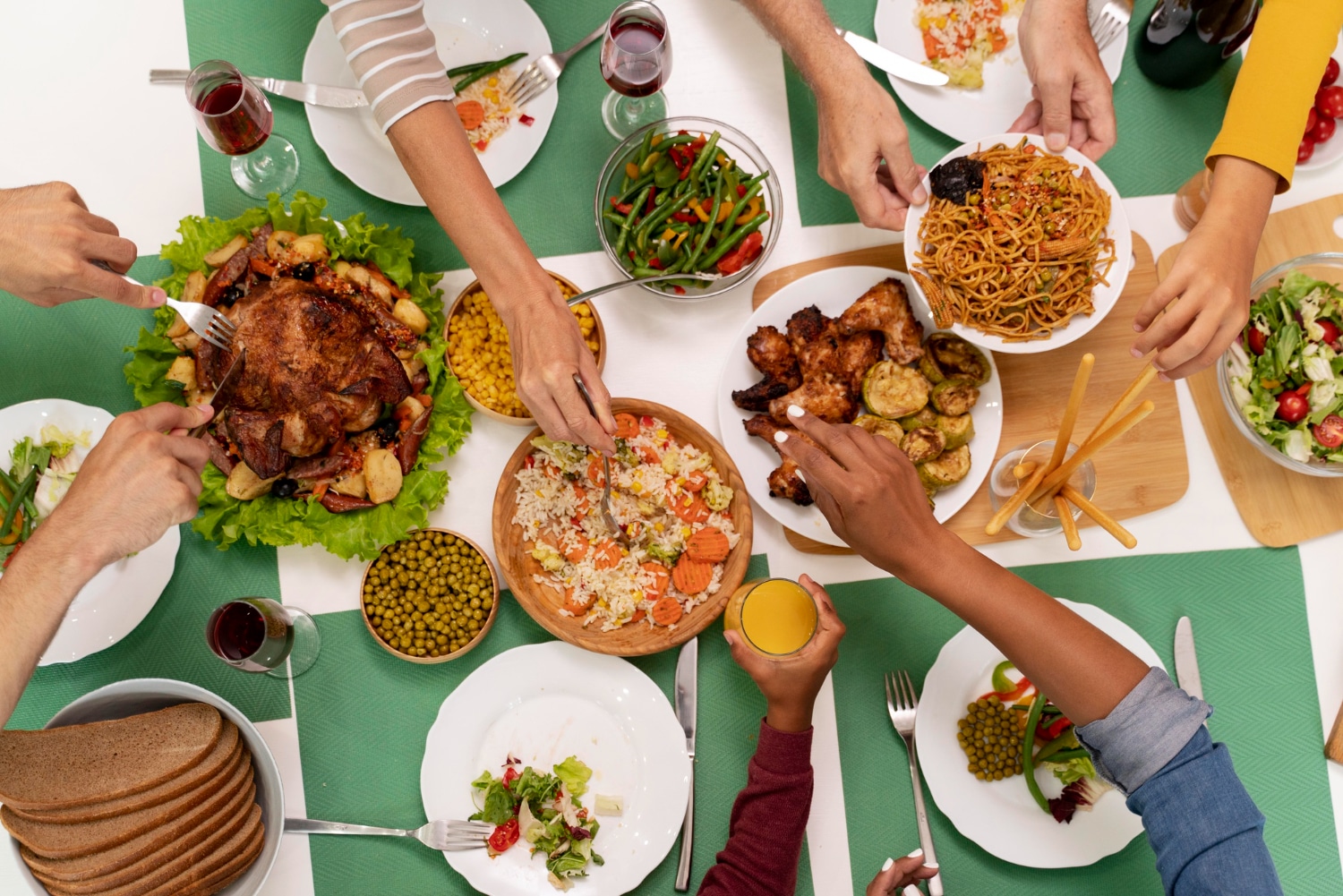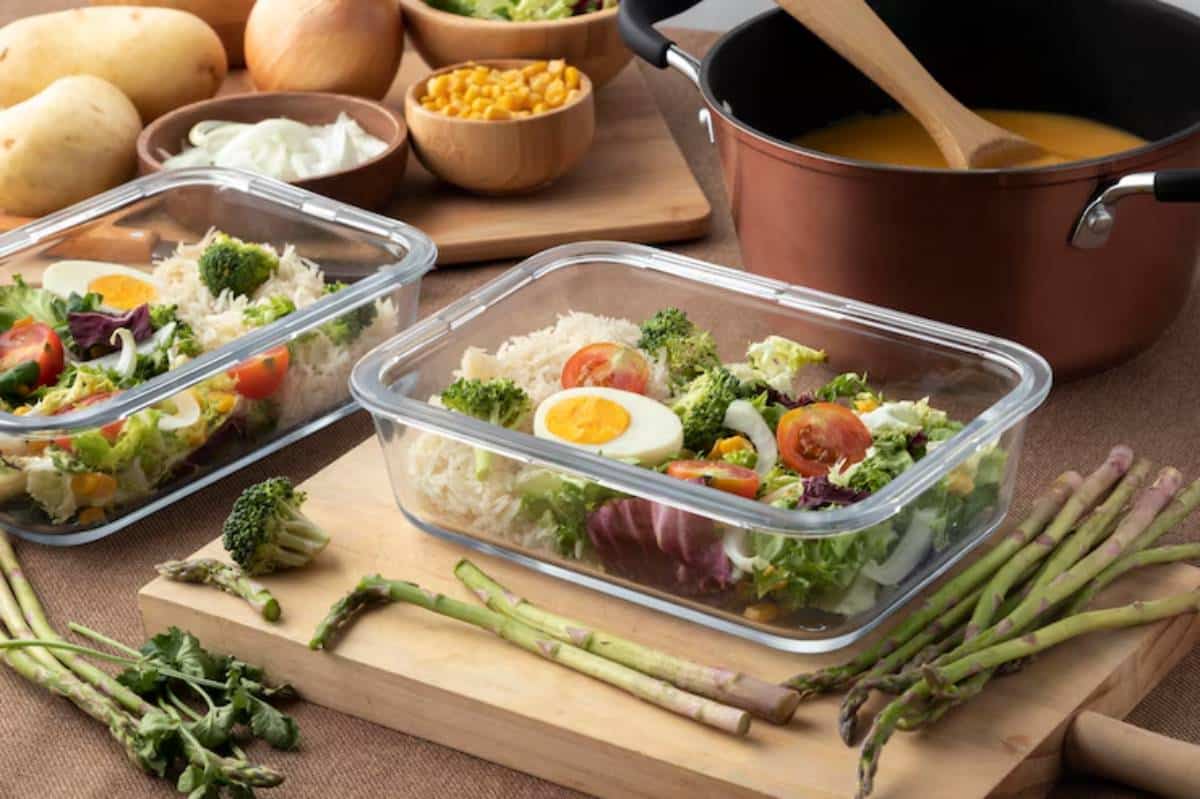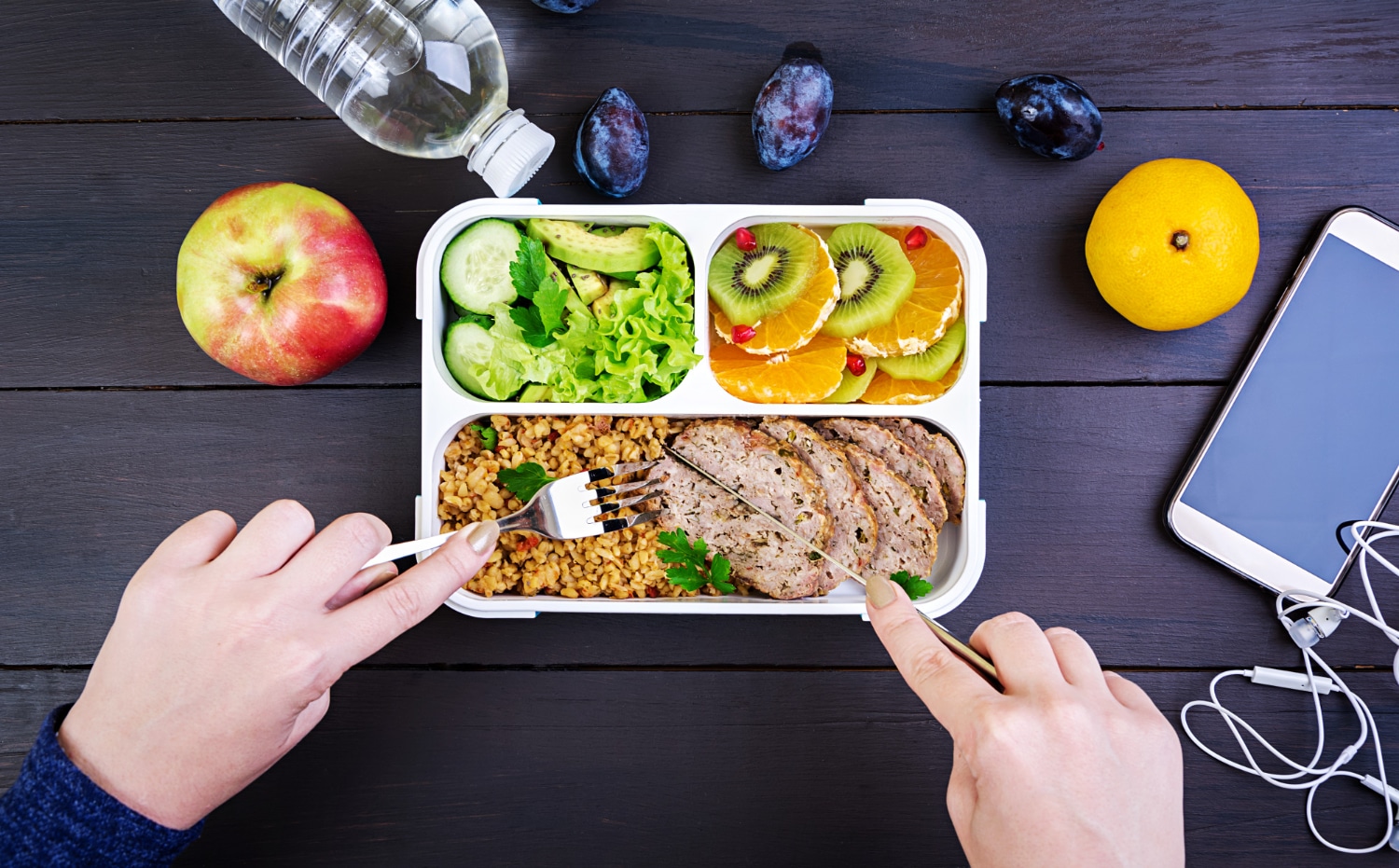
How to Pack a Balanced Adult Lunchbox
Let’s be honest. Most of us treat lunch as an afterthought. You might grab a sandwich on the go, toss together leftovers from the fridge, or skip it altogether due to meetings and workload. But this approach short-changes your body, your focus, and your well-being.
Lunch isn’t just another meal. It’s your midday fuel. A properly packed, balanced adult lunchbox can help stabilise your energy, keep your mind sharp, and support long-term health. It’s also one of the easiest ways to cut costs and reduce food waste.
This comprehensive guide will walk you through everything you need to know to pack a lunch that delivers real nutritional value — from macronutrient balance to prep strategies and practical packing tips.
Understanding What a Balanced Lunchbox Really Means
A balanced adult lunchbox includes a thoughtful mix of:
- Lean protein supports satiety, muscle function, and metabolic health.
- Complex carbohydrates provide slow-release energy.
- Healthy fats aid in nutrient absorption and hormone regulation.
- Fibre-rich vegetables or fruits promote digestion and gut health.
Unlike fad diets that eliminate entire food groups, balanced meals embrace diversity and moderation. Your goal isn’t to eat perfectly — it’s to eat intentionally.
Quick Guide: Build a Balanced Lunchbox with Ease
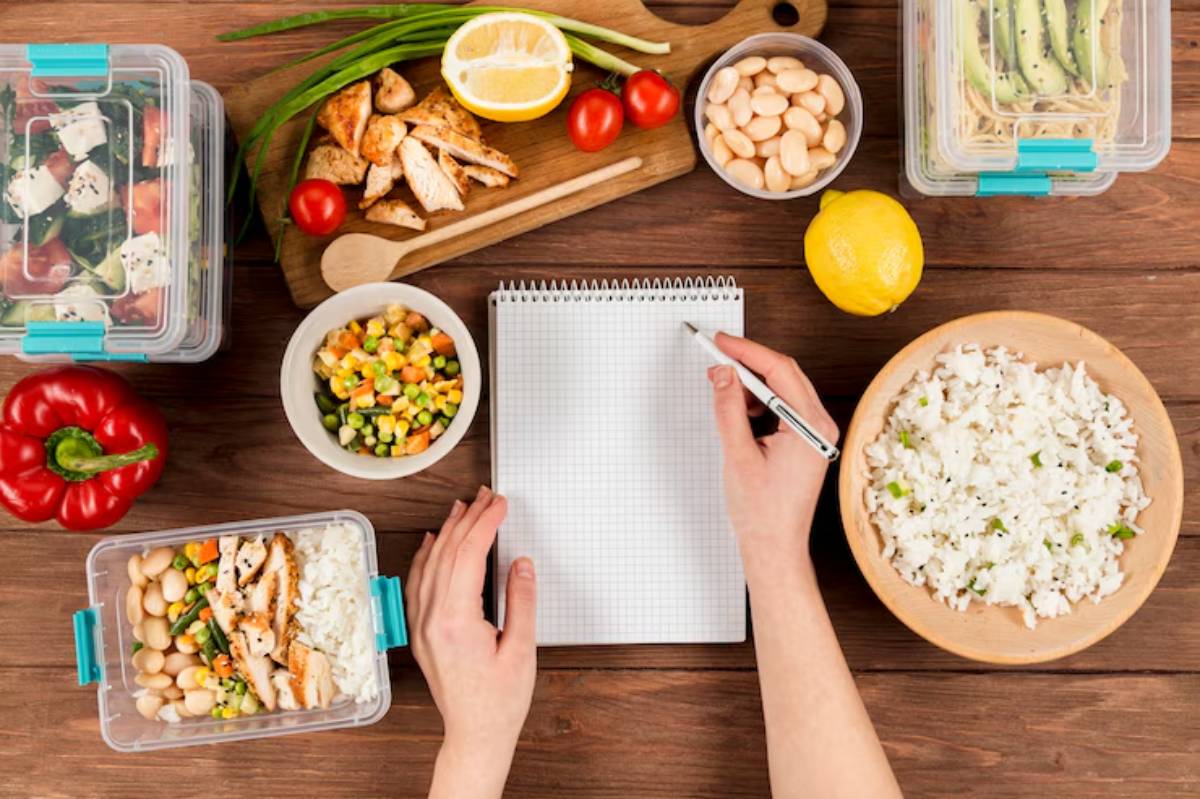
- Choose a lean protein base (e.g. chicken, chickpeas, tofu, eggs).
- Add complex carbs (e.g. brown rice, wholemeal wrap, sweet potato).
- Include fresh vegetables or fruits (at least half your container).
- Top with healthy fats (e.g. avocado, seeds, olive oil).
- Keep items separate to preserve texture and freshness.
- Use airtight, insulated containers to maintain safe temperatures.
- Batch-prep key components ahead of time to streamline your mornings.
This framework allows for flexibility and makes meal planning more sustainable over time.
Step-by-Step Guide: How to Pack a Balanced Adult Lunchbox
Step 1: Start with the Protein Centrepiece
Protein keeps you feeling full and fuels mental focus. Aim to include 20–30 grams of protein per lunch.
Examples:
- Chicken breast, turkey slices, salmon fillets
- Lentils, tofu, tempeh, boiled eggs
- Tinned tuna, cottage cheese, or hard cheeses in moderation
Pro Tip: Grill a protein batch on Sunday and use it throughout the week in wraps, bowls, and salads.
Step 2: Add Complex Carbohydrates for Sustained Energy
Skip the refined carbs and opt for whole, unprocessed choices. These take longer to digest and help you avoid the post-lunch crash.
Top choices:
- Brown or wild rice
- Sweet potatoes or butternut squash
- Wholegrain wraps, pitta bread, quinoa, or bulgur wheat
Important: Portion control matters. Around a quarter of your lunchbox should contain carbs.
Step 3: Load Up on Vegetables and Fruit
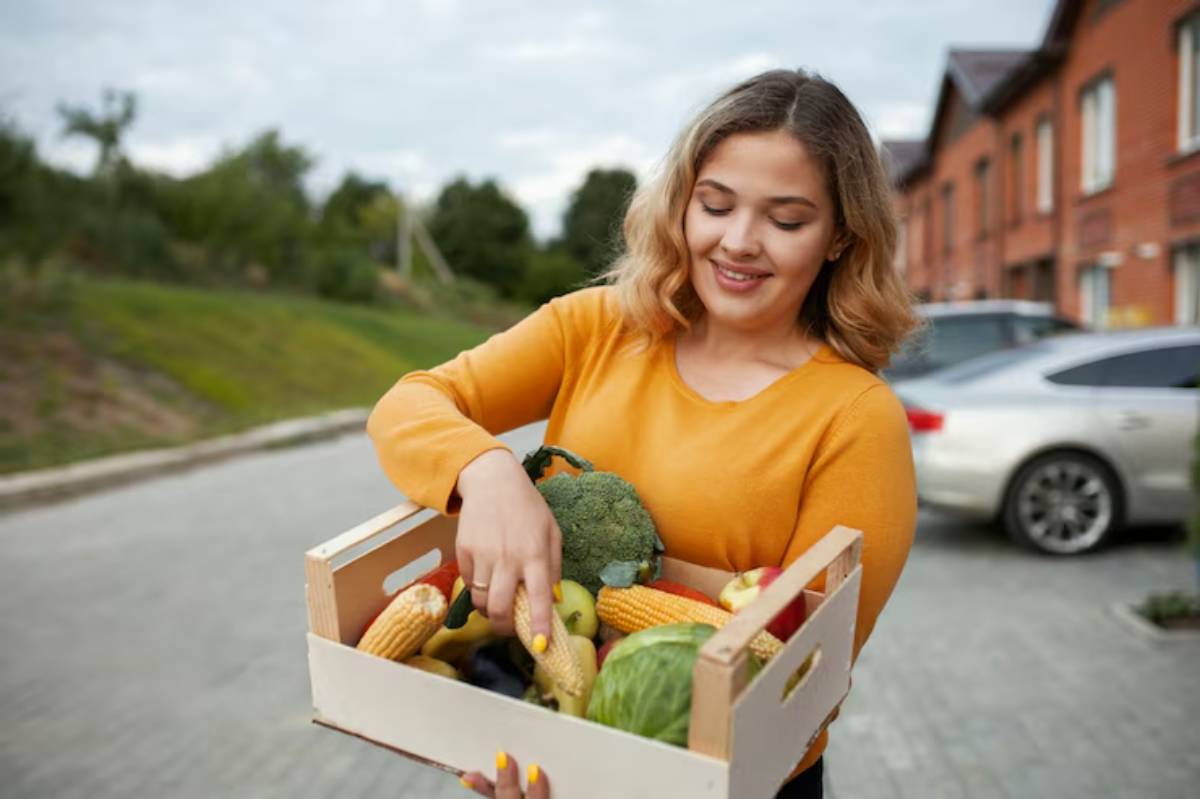
Fibre-rich produce fills you up without excess calories, while supporting digestion and delivering vital vitamins.
Go for a mix of textures and preparation methods:
- Raw vegetables: carrots, peppers, cucumbers
- Roasted vegetables: aubergine, courgette, cherry tomatoes
- Fresh fruit: grapes, berries, citrus segments
Aim for at least two different colours on your plate — variety improves nutrient coverage.
Step 4: Add Healthy Fats to Keep Hunger in Check
Fat adds flavour and promotes fullness. The key is choosing the right type and using modest portions.
Easy additions:
- Sliced avocado
- Hummus or tahini
- Pumpkin or sunflower seeds
- Extra virgin olive oil drizzle
Important: Avoid processed dressings high in sugar and sodium. Make your own or opt for olive oil-based blends.
Step 5: Use the Right Containers for Freshness
What you pack matters — but so does how you pack it.
Invest in:
- Leakproof bento-style containers
- Mini pots for sauces and dips
- A thermal lunch bag with ice packs
- Airtight jars for salads layered to keep greens crisp
This prevents sogginess, keeps foods safe, and improves your lunchbox experience.
Step 6: Add a Hydration Element
Staying hydrated improves energy and digestion. Include:
- A bottle of water or herbal tea
- Water-dense snacks like cucumber or melon
- Coconut water or naturally flavoured water without added sugars
Best Practices & Real-World Prep Habits
Weekly Prep Framework: The 3–2–1 Model
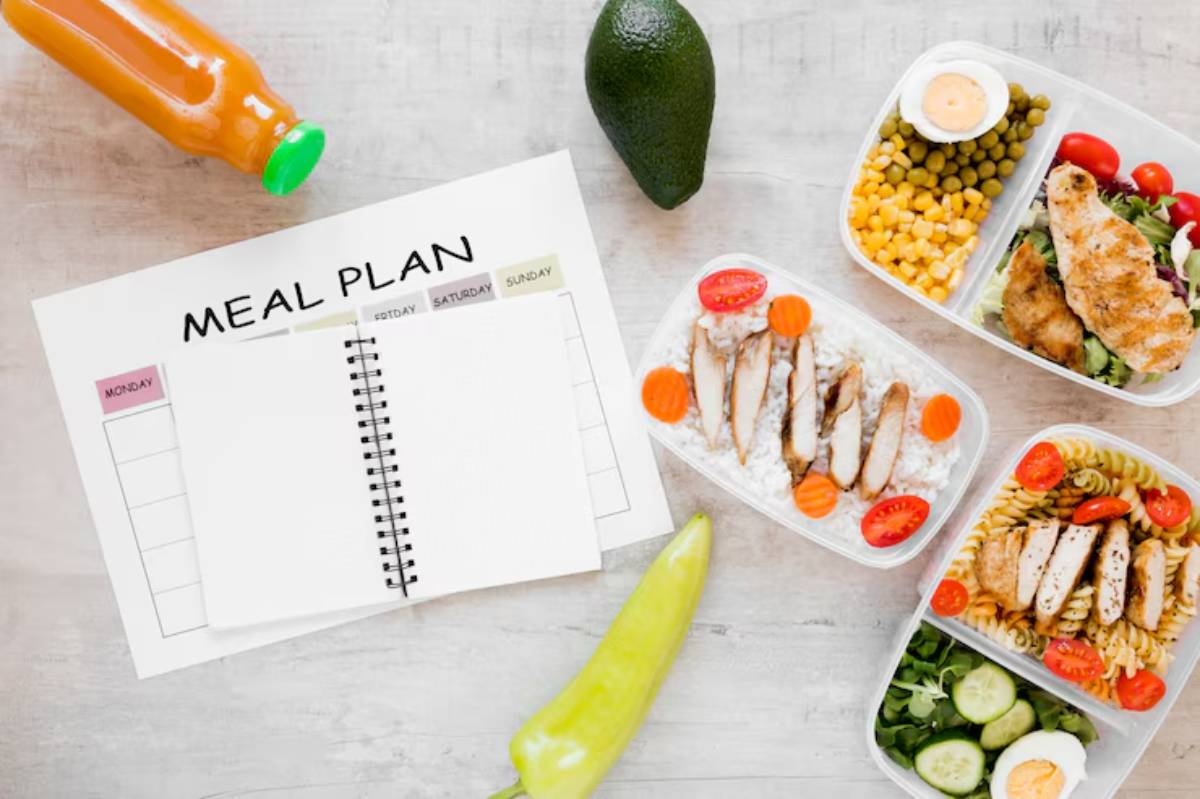
- 3 proteins – Chicken, chickpeas, eggs
- 2 carb bases – Brown rice, wholemeal pasta
- 1 sauce or dip – Hummus, yoghurt dressing
This rotation keeps your meals interesting while simplifying your prep schedule.
Themed Lunches for Variety Without Overthinking
- Monday: Mediterranean bowl with quinoa, feta, olives, grilled veg
- Tuesday: Asian-style tofu wrap with cabbage slaw and hoisin sauce
- Wednesday: Grain-free egg salad with carrot sticks and grapes Need grain-free inspiration? See our low-carb lunchbox guide
- Thursday: Chicken burrito bowl with brown rice, black beans, guacamole
- Friday: Deli-style wrap with roast beef, mustard, and crunchy salad
Create a Dedicated Lunch Station in Your Kitchen
Organise your meal prep with:
- Chopped veg in containers ready to grab
- Labelled dry goods like nuts or whole-grain crackers
- Shelved lunchboxes and mini pots for quick assembly
- Pre-filled water bottles or tea bags to save morning minutes
Speed Up Packing with These Time Savers
- Use mandolines or slicers to cut veg quickly
- Cook double at dinner to box leftovers
- Store dry snacks like trail mix in ready-to-go bags. For more time-saving tricks, explore our lunchbox assembly tips
FAQs
- What’s the ideal lunchbox structure for an adult?
Half vegetables or fruit, one-quarter protein, one-quarter complex carbs, with a healthy fat source. - How can I keep food fresh until lunchtime?
Use insulated containers, store perishables with ice packs, and separate wet from dry ingredients. - How do I make lunchbox prep part of my routine?
Block time twice weekly to prep ingredients. Keep grab-and-go containers visible in your fridge. - Is it safe to pack hot and cold items together?
Not unless your lunchbox has thermal separation. Always let hot food cool fully before packing. - How much money can I save by packing lunch?
Most home-packed lunches cost £1.50–£2.50 per meal, compared to £6–£10 for café or takeaway options.
The Smarter Way to Eat Well and Work Better
Packing your own lunch isn’t just a health trend — it’s a daily act of self-care. By embracing simple strategies like batch cooking, smart container use, and nutrient balance, you can consistently enjoy lunches that satisfy your hunger, support your body, and free your mind to focus on the tasks ahead.
Start small. Plan your next three lunches using this guide, experiment with different themes, and refine your process over time.
Your energy, clarity, and afternoon mood will thank you.
